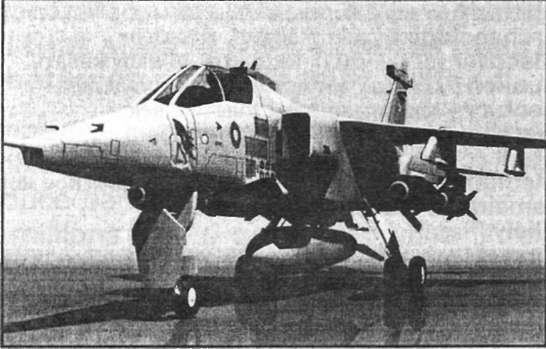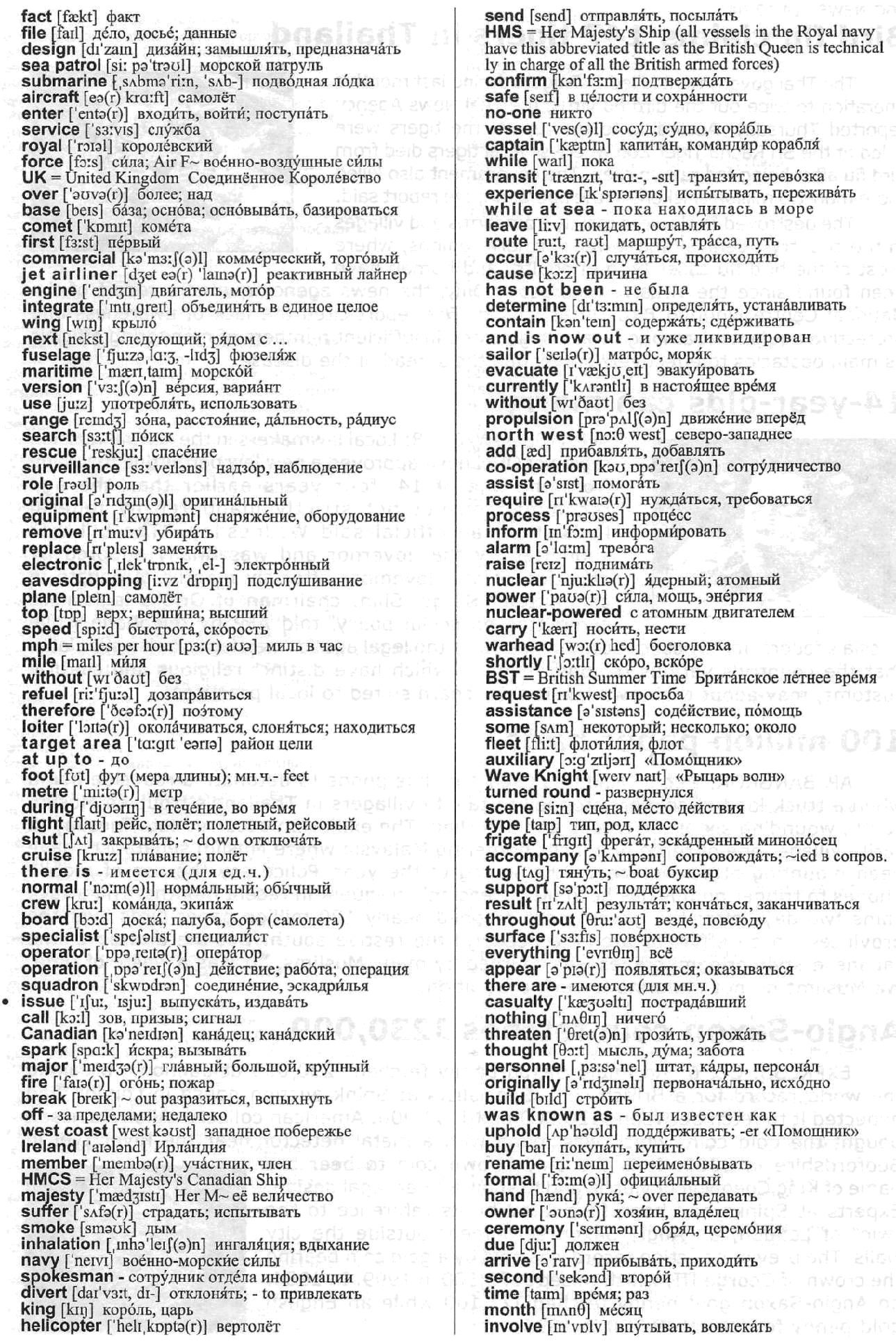
- •Наши рекомендации
- •Thatcher attends "coup plot' case
- •Putin's Atomic Boast
- •Plea not to judge Muslims by acts of extremism
- •Kodak to shed 600 uk jobs
- •World Trade Organization
- •Record fine for worker's death
- •China files lawsuit against Yukos
- •Scientist kept plutonium in garage
- •A foreign corner of an English field
- •Uk repatriates bodies of Chinese
- •Opec: The oil cartel in profile
- •Egyptians release Israeli 'spy'
- •Independent, 10 . 11 . 04 .
- •'Come bite me!' right...
- •'Treasure hunt' for bandit's loot
- •Thai protesters die in custody
- •Funny old world
- •Pupils suspended over airgun attack
- •Singapore to protect schools with guards
- •Naked man climbs into la jet
- •Hunt for missing golfing tourist
- •Military to help young offenders
- •'We're not all hooligans'
- •Shipwreck 'could yield billions'
- •Paddling policeman grabs record
- •Fact file: Nimrod Rl
- •Submarine issues call for help
- •Bird flu claims 147 tigers in Thailand
- •100 Million paper birds
- •Anglo-Saxon coin fetches 3230 000
- •Deadly typhoon tears across Japan
- •From Russia With Love
Fact file: Nimrod Rl
The Nimrod was designed as a sea patrol and anti submarine aircraft and entered service with the Royal Air Force in the UK over 30 years ago.

Its design is based on the de Havilland Comet, the first commercial jet airliner, with four jet engines integrated into the wings next to the fuselage. The maritime versions are often used for long-range search and rescue. But the R l , which entered service with the RAF in 1974, has a surveillance role with its original equipment removed and replaced with systems for electronic eavesdropping.
The plane has a top speed of 575 mph (925 kph) and a range of 5,755 miles (9,262 km) without refuelling. It can therefore loiter over a target area for long periods at up to 42,000 feet (12,800 metres). During flight, two of the engines can be shut down for long-range cruising and there is normally a crew of 12 on board - two flight crew and 10 specialist equipment operators. There are only three Rls in operation, operated by 51 Squadron, based at RAF Waddington in Lincolnshire.
BBC N E W S , 5 . 10 . 04 .
Submarine issues call for help
A Canadian submarine sparked a major rescue operation after a fire broke out on board off the west coast of Ireland.Three members of the HMCS Chicoutimi's crew suffered smoke inhalation, a Royal Navy spokesman said.

A Royal Air Force Nimrod from Kinloss was diverted to the area and a Royal Navy Sea King helicopter was sent from HMS Gannet in Ayrshire. A Canadian Forces spokeswoman confirmed that the crew was safe and that no-one needed to be taken from the vessel.
Captain Holy Apostoliuk said: "The submarine, while transiting from UK to Canada, experienced a fire while at sea off the west coast of Ireland earlier today."The submarine and its Canadian crew left Faslane on 4 October and was on route to Halifax, when the fire occurred."The cause of the fire has not been determined but it was contained and is now out." She said that the sailors who experienced smoke inhalation did not need to be evacuated from the vessel. "The submarine is currently without propulsion north west of Ireland," she added. "The Canadian Forces are working in co-operation with the Royal Navy, who will assist the Chicoutimi as required. "We are in the process of informing family members."
The alarm was raised by the captain of the submarine, which is not nuclear-powered or carrying nuclear warheads, shortly after 1500 BST on Tuesday. The request for assistance came from the vessel some 100 miles north west of Ireland. The Royal Fleet Auxiliary vessel Wave Knight had turned round and was on its way to the scene. A Type 23 frigate, HMS Montrose, was being sent from Faslane, accompanied by tug boat support.
A Faslane spokeswoman said that the electrical fire on board the Chicoutimi had resulted in smoke throughout the vessel." She is now on the surface and everything appears to be all right," she said. "There are three casualties with smoke inhalation, but nothing life-threatening/'There were thought to be about 50 personnel on board the submarine.
The Chicoutimi was originally built for the Royal Navy, when it was known as HMS Upholder. It was bought by the Canadian Navy. It was renamed and formally handed over to its new owners during a ceremony at Faslane on Saturday. The vessel had been due to arrive in Halifax, on the east coast of Canada, on 18 October. This is the second time in a month that the Chicoutimi has been involved in a rescue at sea.
46

47
A B C N E W S , 14 . 12 . 04 .
